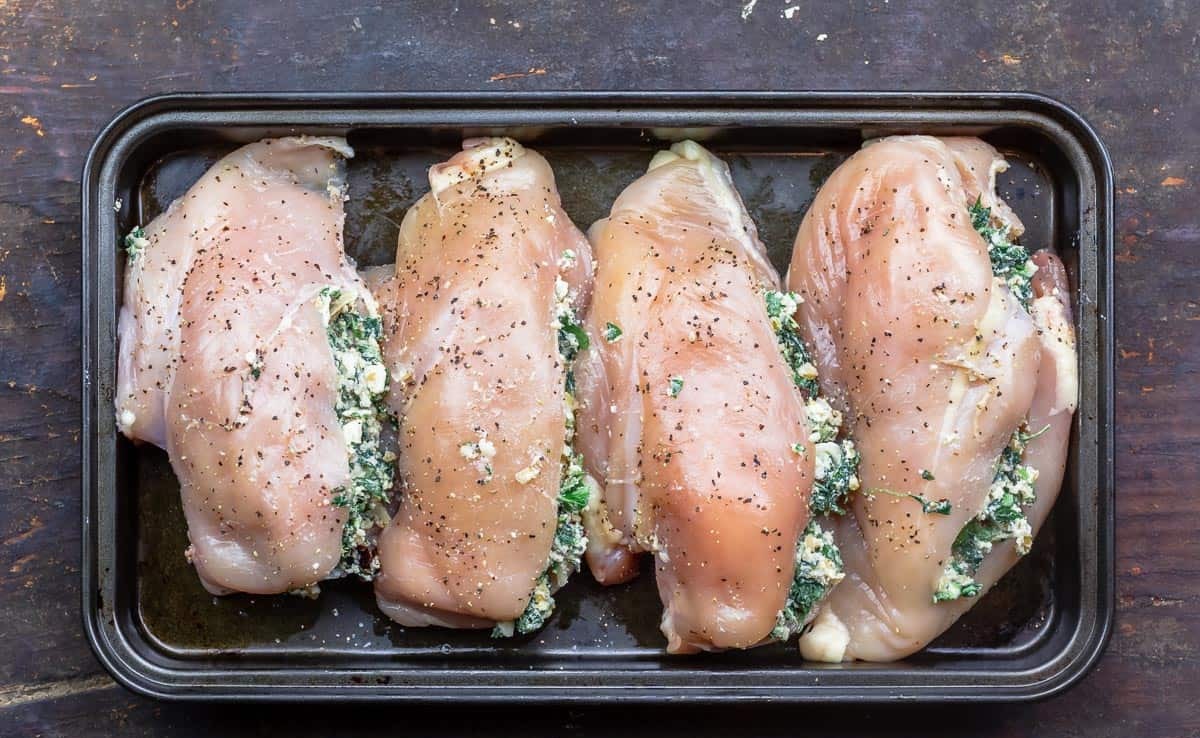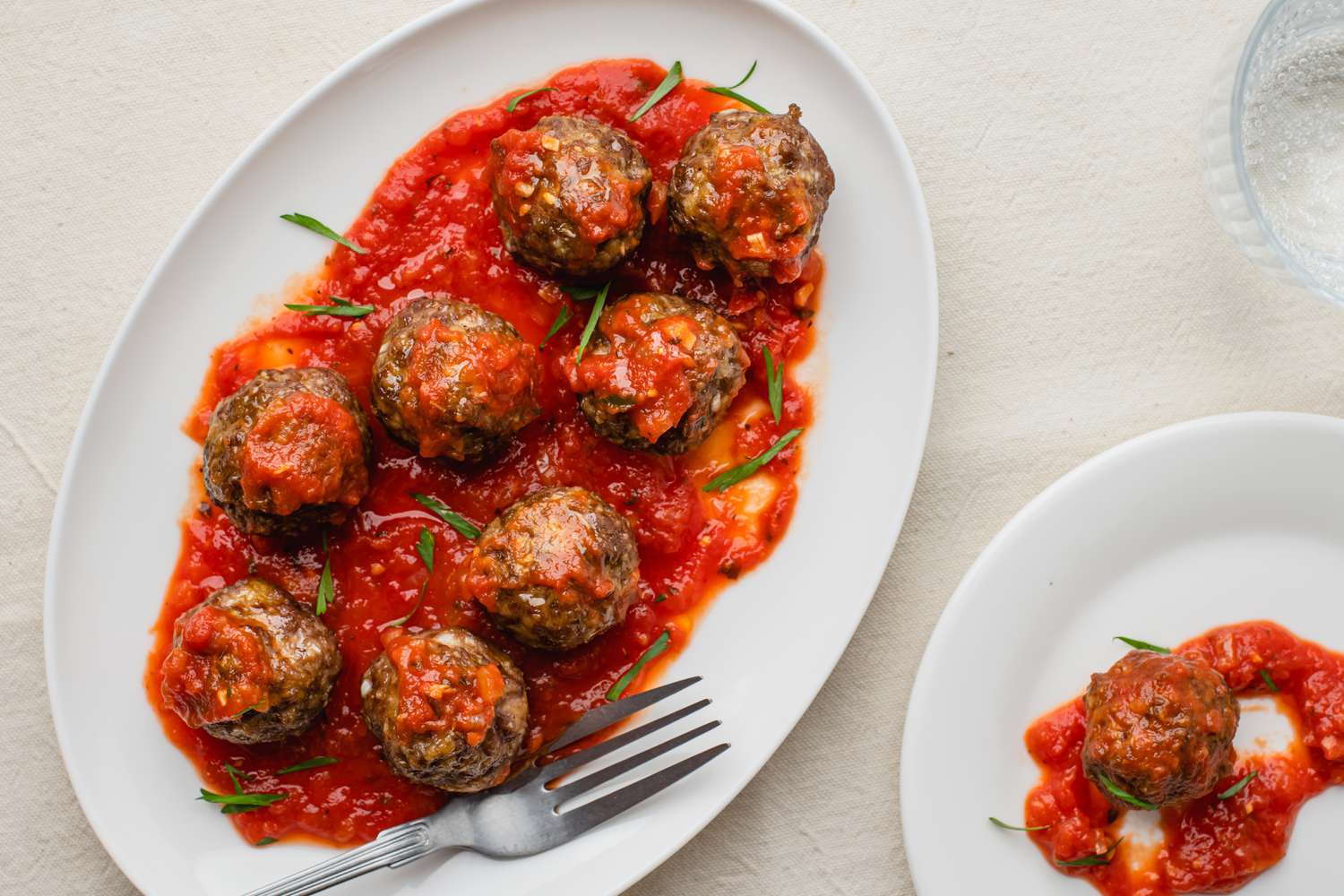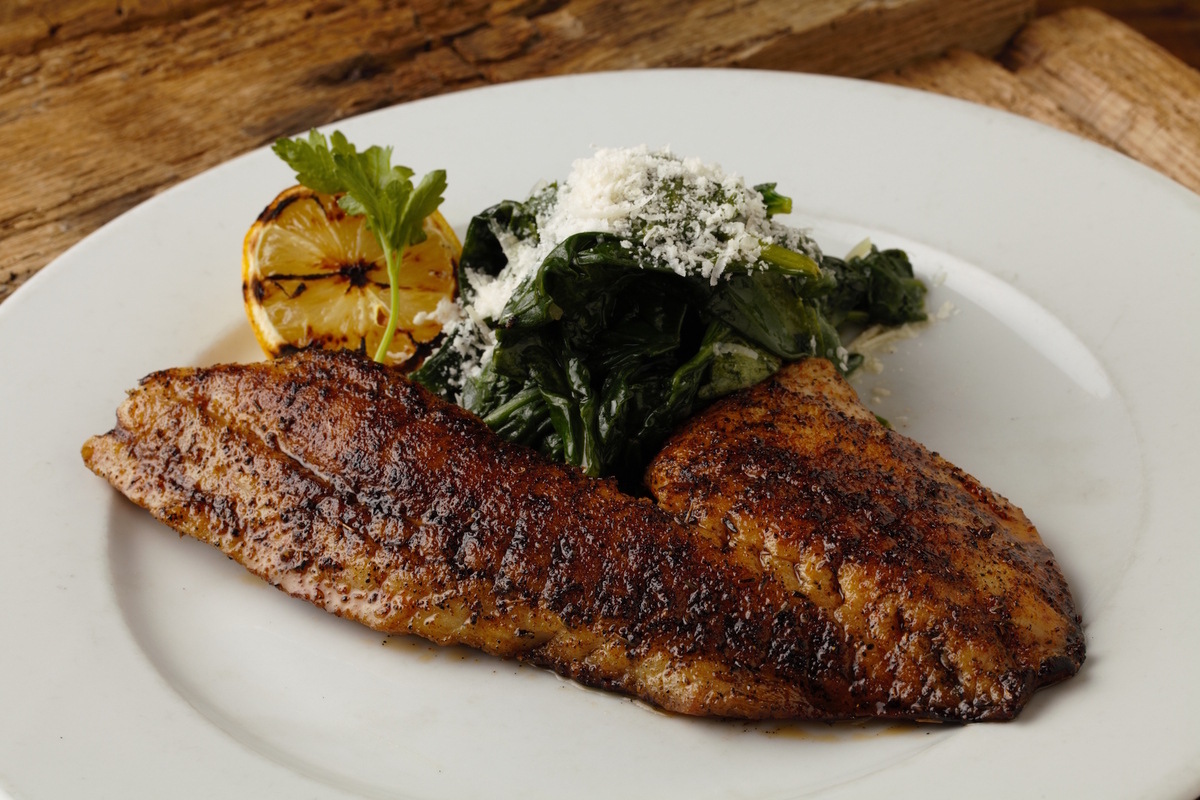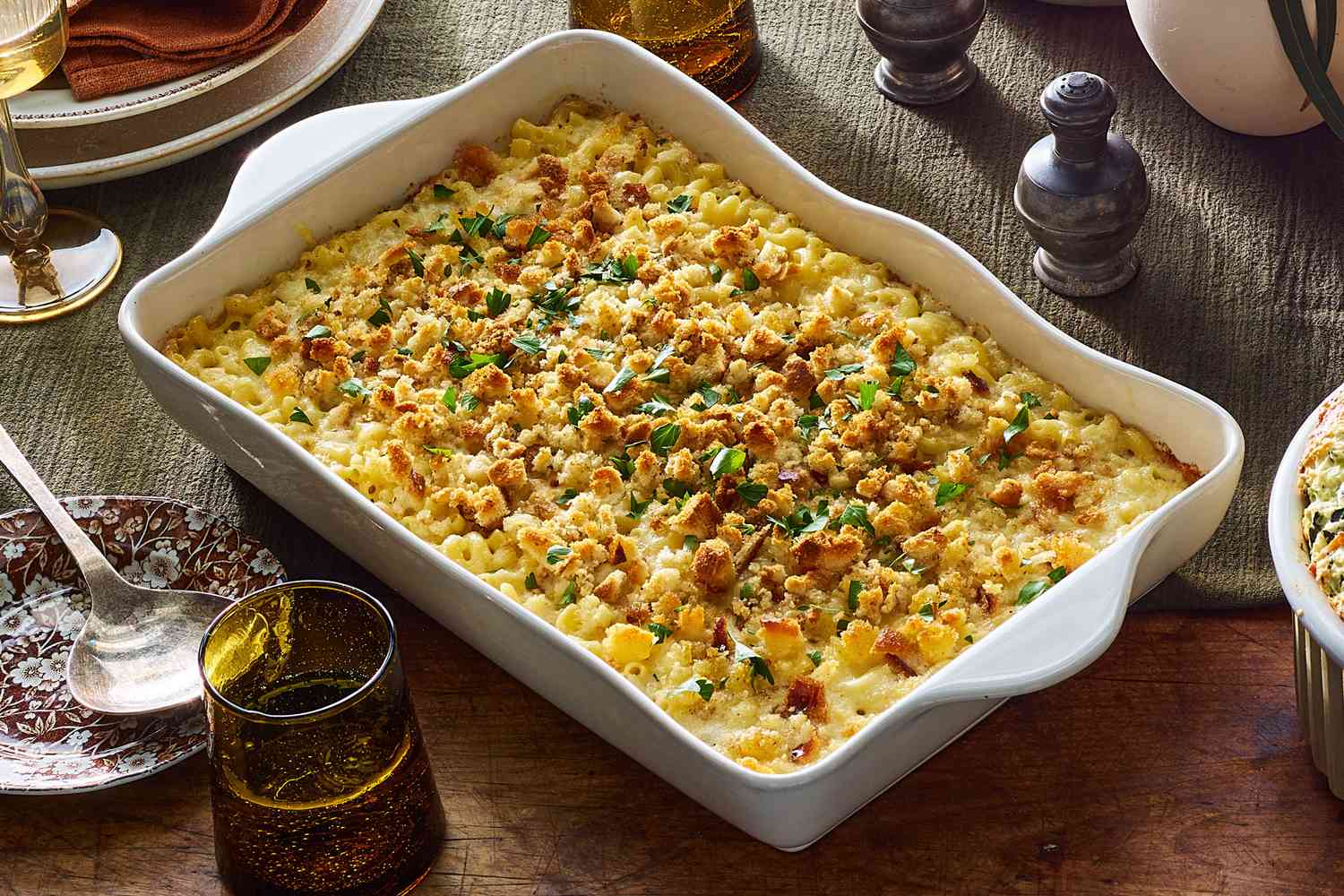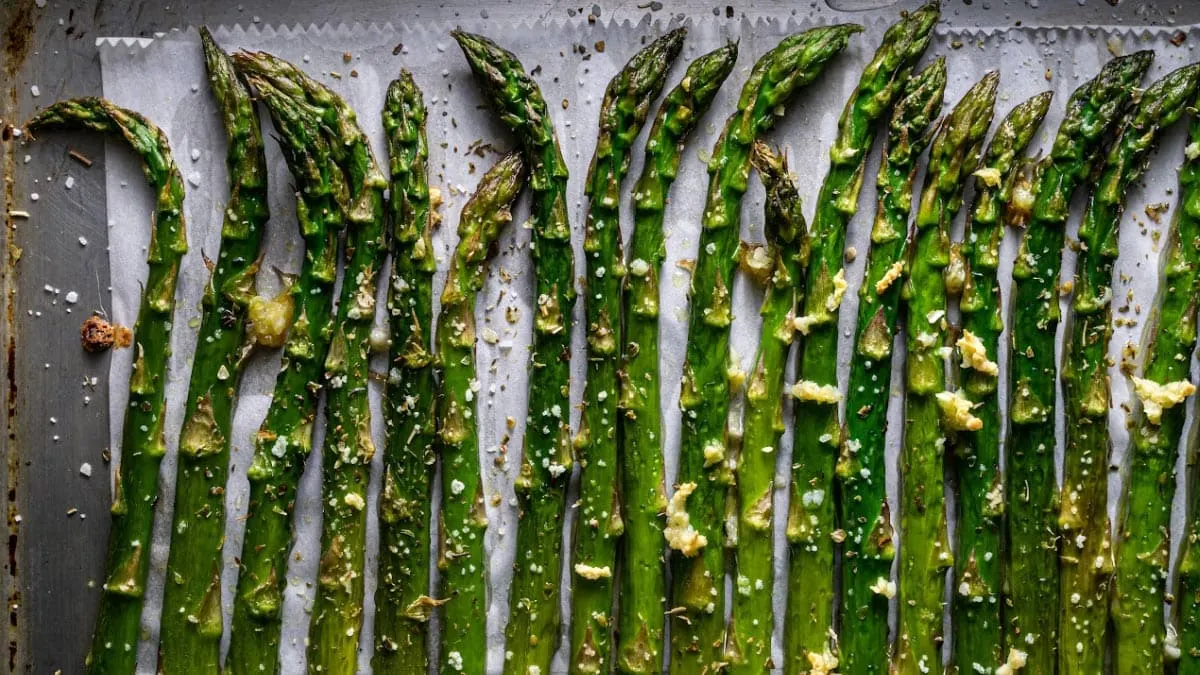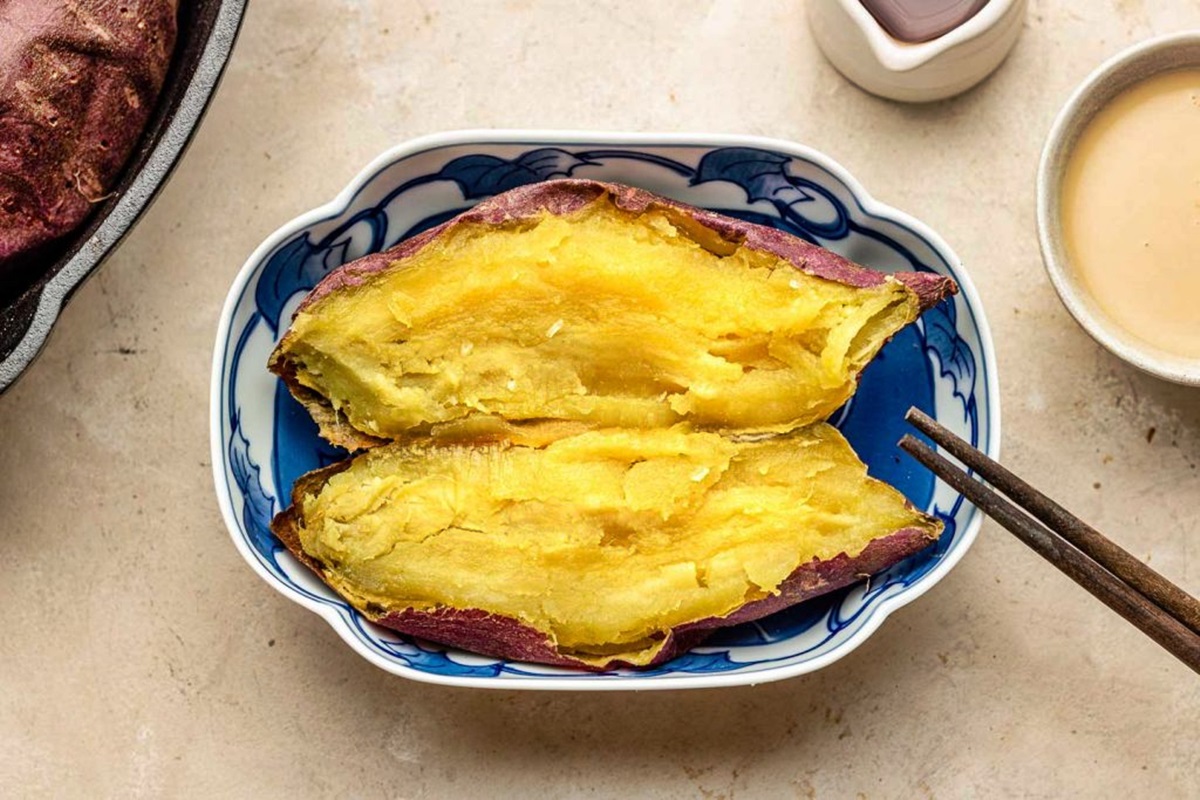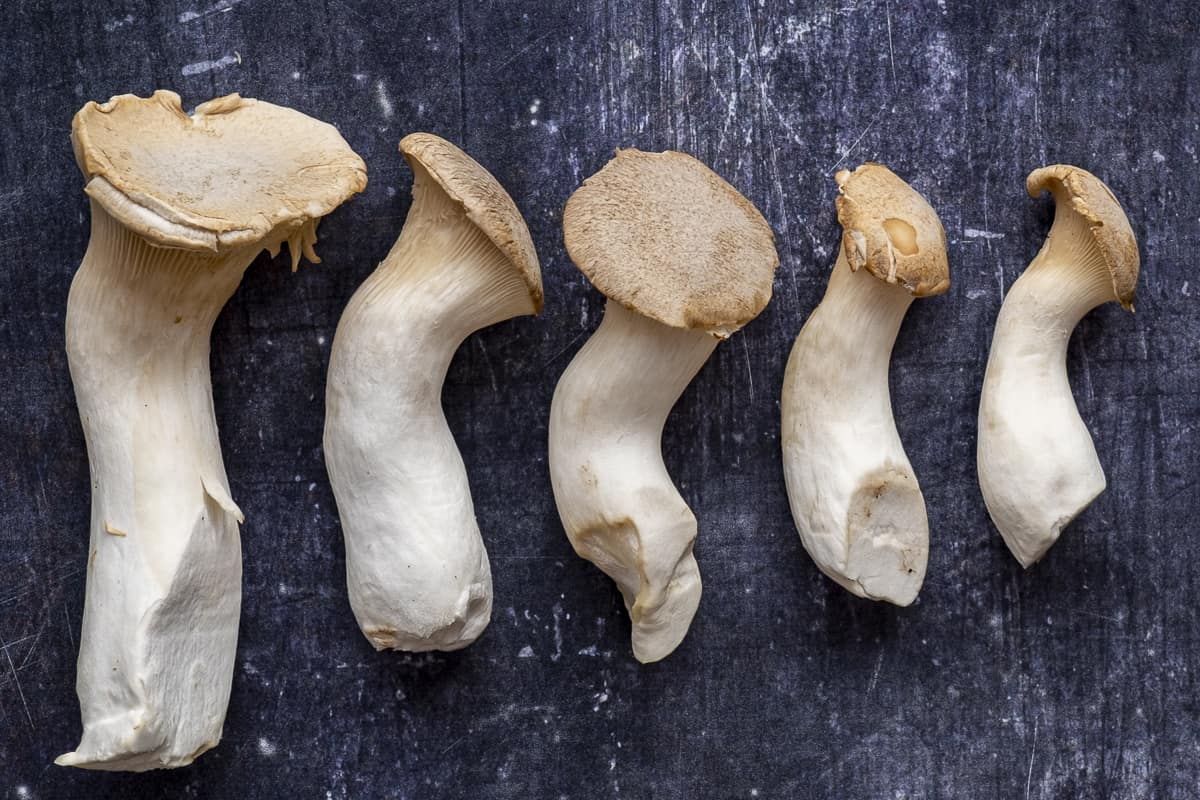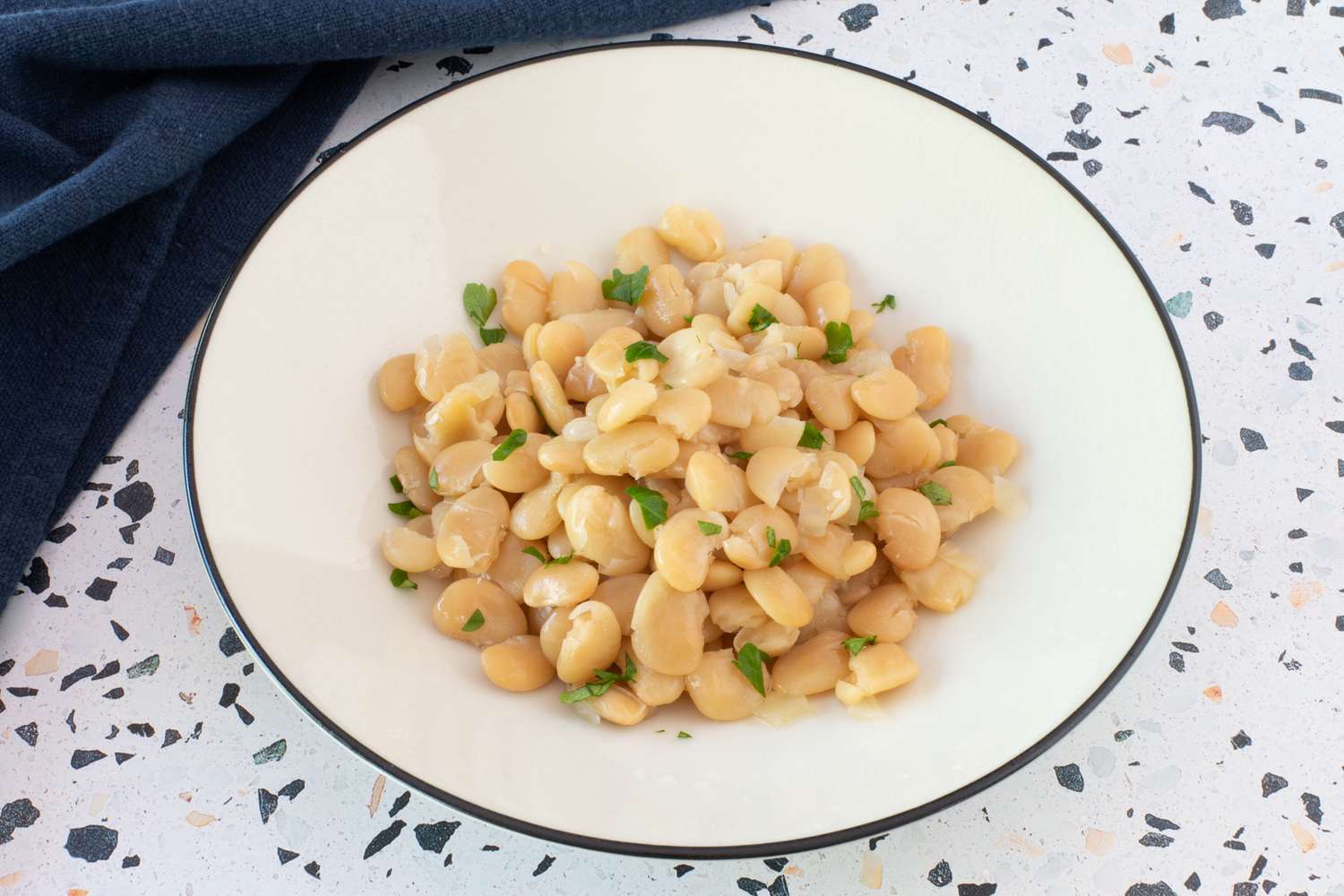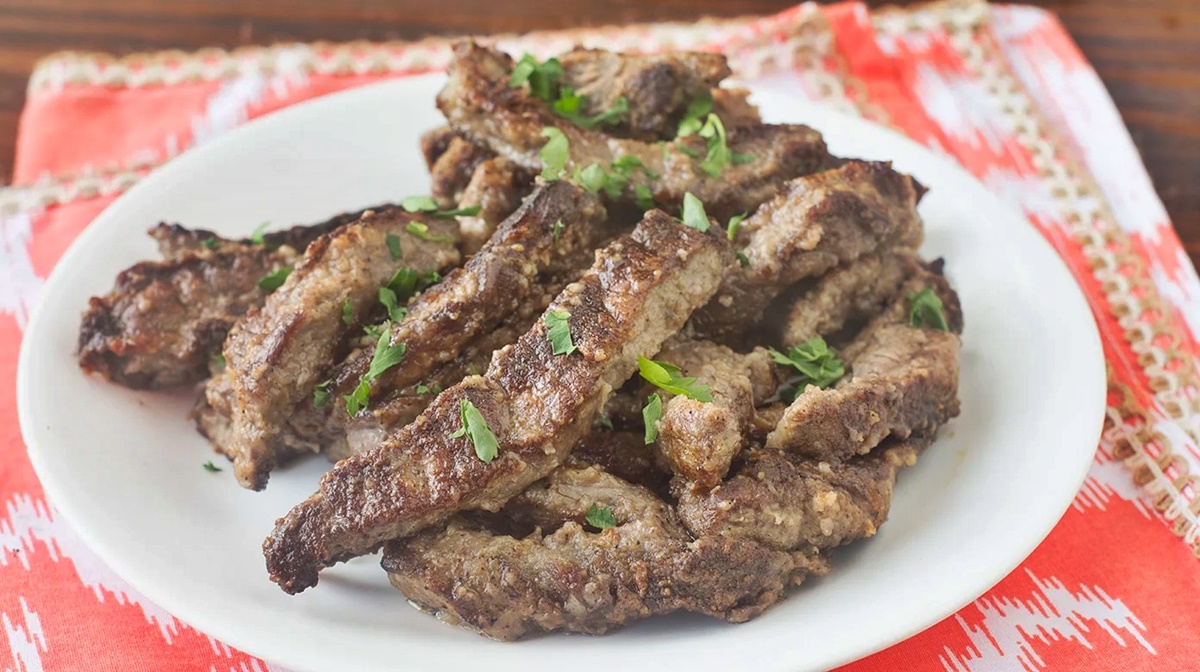Sweet potato glass noodles, often starring in Korean cuisine, are a culinary delight that's both versatile and delicious. Known for their chewy texture and ability to soak up flavors, these noodles transform any dish into a memorable meal. Whether you're aiming to whip up a traditional Japchae, toss them into a spicy salad, or simply stir-fry with your favorite vegetables, mastering the art of cooking sweet potato glass noodles is a game-changer for home chefs. In this guide, we'll walk through the steps to perfectly cook these noodles, ensuring they come out just right every time. Ready to elevate your cooking game? Let's dive in.
Gather Your Ingredients for Sweet Potato Glass Noodles
- Sweet potato glass noodles (200g)
- Soy sauce (2 tablespoons)
- Sesame oil (1 tablespoon)
- Brown sugar (1 tablespoon)
- Fresh garlic, minced (2 cloves)
- Green onions, sliced (2)
- Carrots, julienned (1 large)
- Spinach (2 cups)
- Mushrooms, sliced (200g)
- Beef or tofu, thinly sliced (200g)
- Sesame seeds (for garnish)
- Vegetable oil (for cooking, 2 tablespoons)
- Salt and pepper (to taste)
- Water (for boiling noodles)
Essential Tools for Crafting Sweet Potato Glass Noodles
- Large pot for boiling noodles
- Strainer or colander to drain noodles
- Large skillet or wok for stir-frying
- Wooden spoon or spatula for stirring
- Sharp knife for chopping vegetables
- Cutting board for prep work
- Measuring cups and spoons for ingredients
- Mixing bowl for sauce or seasoning mixtures
- Tongs to toss and serve noodles
Sweet potato glass noodles, known for their chewy texture, require soaking in warm water for about 20 minutes before cooking. Boil for 5 minutes, then rinse in cold water for best results.
The Importance of Making Sweet Potato Glass Noodles
Cooking sweet potato glass noodles offers a unique twist to traditional pasta dishes. These noodles, made from sweet potato starch, are naturally gluten-free and packed with nutrients. Their chewy texture and ability to absorb flavors make them a versatile ingredient in various culinary creations, enhancing both the health and taste aspects of meals.
Incorporating sweet potato glass noodles into your diet introduces a delightful variety. They're not only a healthier alternative to regular noodles but also cater to those with gluten sensitivities. Cooking these noodles is a simple process that unlocks a world of flavorful possibilities, encouraging a more diverse and nutritious diet.
Your Step-by-Step Guide to Sweet Potato Glass Noodles
-
Select high-quality sweet potato glass noodles: Look for noodles that are translucent and uniform in color. Quality noodles result in a better texture and flavor.
-
Prepare a large pot of water: Bring water to a rolling boil. The amount of water should be enough to completely submerge the noodles, ensuring even cooking.
-
Add noodles to boiling water: Carefully place sweet potato glass noodles into the pot. Avoid dumping them in all at once to prevent sticking.
-
Stir gently: Use chopsticks or a fork to gently separate the noodles. This step prevents them from clumping together during the cooking process.
-
Boil for 5-7 minutes: Keep an eye on the texture. Sweet potato glass noodles should be cooked until they are completely transparent and have a chewy texture. Cooking times may vary slightly based on the brand.
-
Test noodle texture: Remove a noodle from the pot and cool it slightly before tasting. It should be soft yet still have a slight chewiness. If it’s too hard, continue cooking for another minute and test again.
-
Drain and rinse: Once cooked, pour noodles into a colander. Rinse them under cold running water to stop the cooking process and remove excess starch, which helps in achieving the perfect texture.
-
Cut noodles: If the noodles are too long and difficult to manage, use kitchen scissors to cut them into more manageable lengths. This step is optional and based on personal preference.
-
Prepare cold water bath: Fill a bowl with cold water and ice cubes. After rinsing, submerge the noodles in the cold bath for a minute. This enhances their chewy texture.
-
Drain thoroughly: Remove noodles from the cold bath and let them drain completely. Ensure most of the water is removed to avoid diluting flavors when adding them to dishes.
-
Use in dishes: Sweet potato glass noodles are now ready to be used in your favorite dishes. They can be stir-fried, added to soups, or mixed with vegetables and sauces for a delicious meal.
Mastering Sweet Potato Glass Noodles
Cooking sweet potato glass noodles might seem tricky at first, but with these tips, you'll find it's quite straightforward. Remember, soaking is key to achieving that perfect texture, and boiling water should never touch the noodles directly. Stir-frying with your favorite veggies and proteins transforms them into a hearty meal. Don't forget, seasoning plays a crucial role; it brings out the noodles' subtle flavors and makes your dish sing. Whether you're aiming for a traditional Japchae or experimenting with your own creations, these noodles offer a versatile base for countless recipes. So, grab your apron, and let's get cooking. With a bit of practice, you'll soon master the art of preparing sweet potato glass noodles, making your meals not just nutritious but also irresistibly delicious.
For those eager to master cooking sweet potato glass noodles, this guide is perfect. Readers can start with the Classic Korean Japchae, a traditional dish that's both flavorful and visually appealing. If a comforting dish is more to their liking, the Sweet Potato Glass Noodle Chicken Soup provides a warm and hearty option. For a spicy kick, the Spicy Shrimp and Sweet Potato Glass Noodle Stir-Fry adds a delightful heat to the mix. Vegetarians will love the Vegetable and Tofu Sweet Potato Glass Noodle Stir-Fry, which is both healthy and satisfying. Those looking for a fusion twist should try the Sweet Potato Glass Noodle Pad Thai, blending Thai flavors with these unique noodles. Each recipe offers a unique way to enjoy sweet potato glass noodles and helps build a versatile cooking repertoire.
All Your Questions Answered About Sweet Potato Glass Noodles
What are sweet potato glass noodles?
Sweet potato glass noodles, also known as Korean japchae noodles, are a type of noodle made from sweet potato starch. They're transparent after cooking, with a chewy texture that's quite unique. Perfect for stir-fries, soups, and salads, these noodles soak up flavors like a sponge, making any dish more delicious.
How do you cook these noodles properly?
Cooking them is a breeze. First, bring a pot of water to a boil. Toss the noodles in and let them cook for about 5-7 minutes. You're aiming for al dente – tender but still with a bit of chew. Drain them and rinse under cold water to stop the cooking process. Now, they're ready to be thrown into whatever dish you're whipping up.
Can I use sweet potato glass noodles in a gluten-free diet?
Absolutely! Since they're made from sweet potato starch and not wheat, these noodles are a fantastic gluten-free option. They're a great way to enjoy your favorite pasta dishes without the gluten.
What's the best way to season these noodles?
Seasoning these noodles is where you can really let your creativity shine. For a simple yet flavorful approach, mix soy sauce, sesame oil, a bit of sugar, and some minced garlic. This combo gives the noodles a rich, savory taste with just the right amount of sweetness and a hint of garlic.
Are sweet potato glass noodles healthy?
Yes, they are a healthier alternative to regular pasta. They're lower in calories and contain no fat. Plus, they offer a good amount of dietary fiber and vitamins, especially when compared to traditional noodles. However, like anything, moderation is key.
How do I store leftover cooked noodles?
Leftover noodles should be stored in an airtight container in the refrigerator. They'll keep well for 3-4 days. When you're ready to enjoy them again, just reheat quickly in a pan or microwave, adding a splash of water to prevent them from drying out.
Can I make these noodles ahead of time for meal prep?
Sure thing! Cook them as directed, then cool and store in the fridge. When meal prep day rolls around, just add your favorite veggies, protein, and sauce. They're incredibly versatile and make meal prep a snap, saving you time during your busy week.
Was this page helpful?
Read Next: How To Cook Venison Burger


